The Stream of Consciousness Technique in Modernist Literature
Revolutionizing the Inner Landscape of Fiction
The early twentieth century witnessed a profound transformation in the landscape of English literature, as modernist writers sought to capture the complexities of human consciousness in unprecedented ways. Among the most revolutionary innovations to emerge from this period was stream of consciousness, a narrative technique that fundamentally altered how authors portrayed the inner lives of their characters. This literary method, which attempts to replicate the continuous flow of thoughts, memories, and sensations passing through the human mind, became a defining characteristic of modernist literature and forever changed the relationship between reader and text.

Timeline of Stream of Consciousness Development in Modernist Literature
The Psychological Origins and Literary Adoption
The term “stream of consciousness” originated not in literature but in psychology. William James, the American psychologist and philosopher, first coined the phrase in his seminal work The Principles of Psychology (1890). James described consciousness as a flowing phenomenon rather than a series of discrete mental states, writing that consciousness “does not appear to itself chopped up in bits… it flows. A ‘river’ or a ‘stream’ are the metaphors by which it is most naturally described”. This psychological concept would prove instrumental in shaping a new literary aesthetic that prioritized the subjective experience over external action.
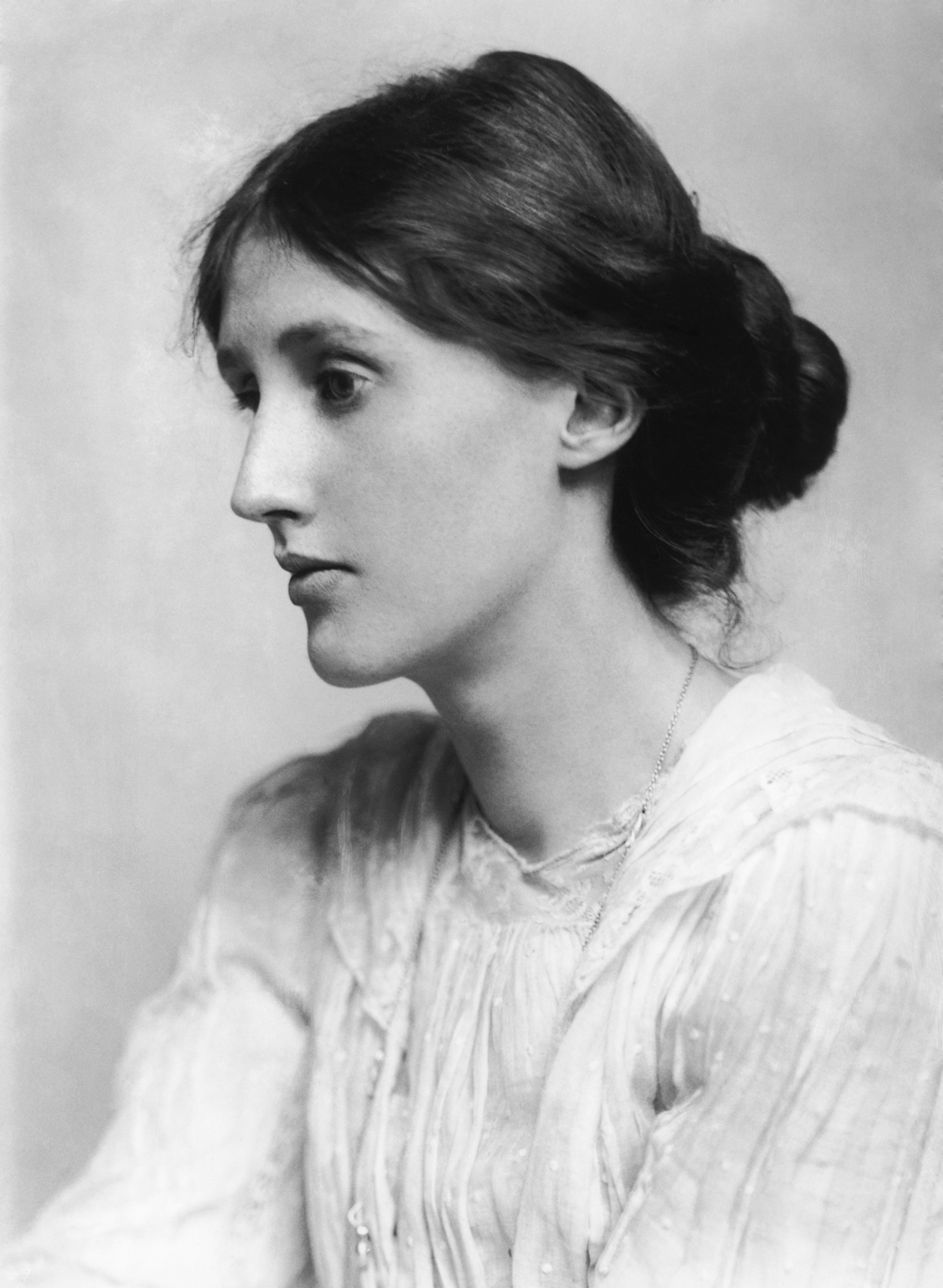
Portrait of Virginia Woolf, a key figure in modernist literature, exemplifying early 20th-century literary culture.
The transition from psychological theory to literary technique occurred through the pioneering work of several modernist authors. Dorothy Richardson was among the first to employ what would later be recognized as stream of consciousness writing in her thirteen-volume novel sequence Pilgrimage, begun in 1915. However, it was May Sinclair who first applied James’s psychological terminology to literature in her influential 1918 review of Richardson’s work in The Egoist. Sinclair observed that in Richardson’s novels, “there is no drama, no situation, no set scene. Nothing happens. It is just life going on and on. It is Miriam Henderson’s stream of consciousness going on and on”.
This critical moment marked the birth of stream of consciousness as a recognized literary technique, though Richardson herself famously objected to the term, calling it “a muddle-headed phrase” and arguing that consciousness was “not a stream, it’s a pool, a sea, an ocean”. Richardson’s resistance to the label reflects the complexity and multifaceted nature of the technique that would evolve in the hands of different authors.
Historical Context and Modernist Revolution
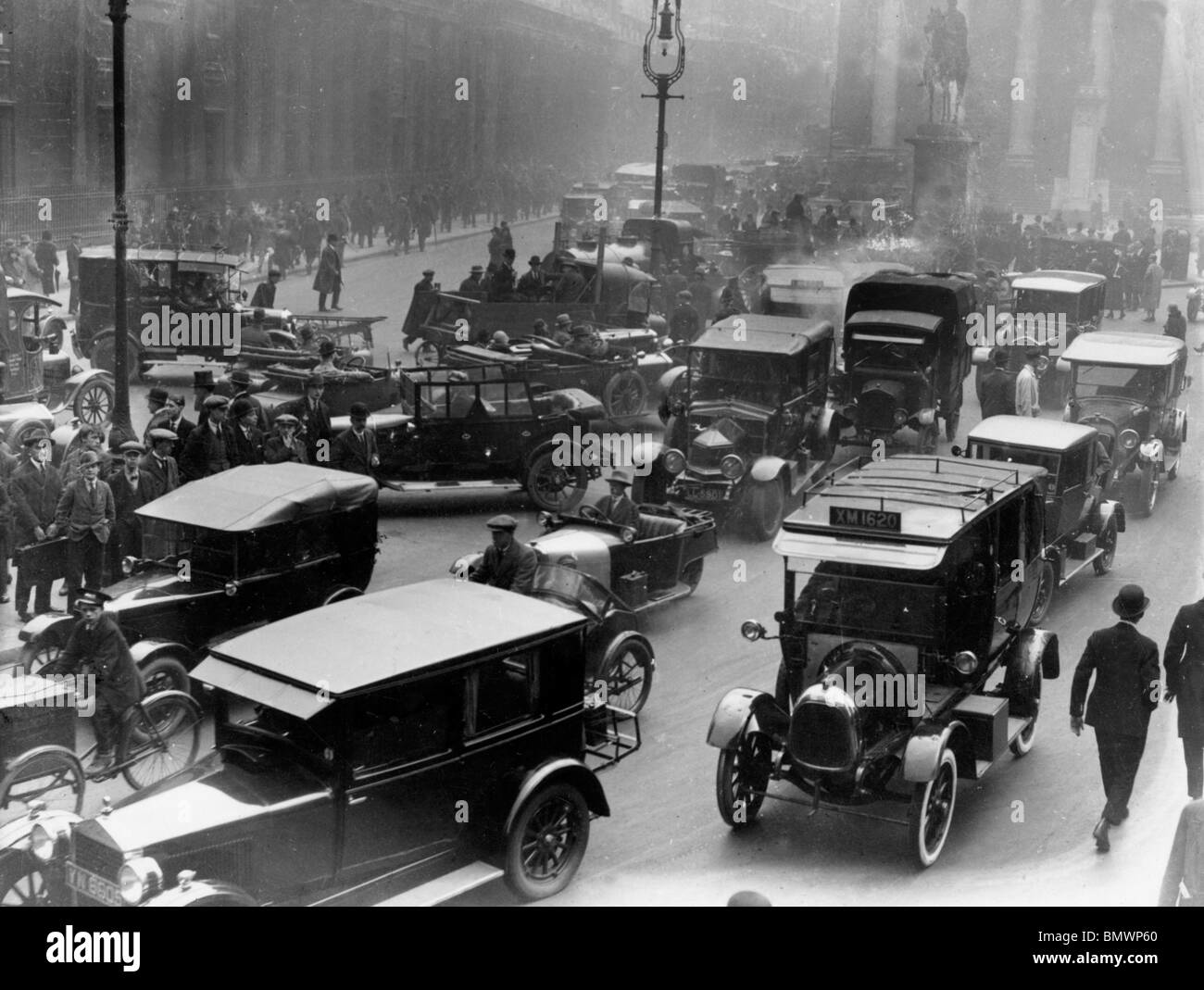
Busy London street scene in the 1920s showing early automobiles and pedestrians, capturing the urban atmosphere of the modernist period alamy
The emergence of stream of consciousness occurred within the broader context of modernist experimentation, driven by the social, cultural, and intellectual upheavals of the early twentieth century. The devastation of World War I, rapid industrialization, urbanization, and the rise of new psychological theories created a sense of fragmentation and disillusionment that traditional narrative forms seemed inadequate to capture. As one scholarly analysis notes, “modernism was a kind of reaction to the socio-political and cultural events of the 20th century”.
The technique represented a radical departure from Victorian and nineteenth-century literary conventions, which relied heavily on omniscient narrators and linear plot development. Instead, modernist writers using stream of consciousness focused on psychological realism, prioritizing the exploration of characters’ mental processes over external action. This shift reflected what literary critic Leon Edel characterized as “the deeper and more searching inwardness of our century,” influenced by “the writings of William James and Henri Bergson and after them, in the experimental and clinical level, in the work of Sigmund Freud”.
Technical Characteristics and Literary Innovation
Stream of consciousness technique encompasses several distinctive formal characteristics that set it apart from traditional narrative methods. The most fundamental feature is its attempt to replicate the natural flow of human thought, which is often non-linear, associative, and fragmented. Writers employing this technique typically abandon conventional grammar, punctuation, and sentence structure to mirror the chaos and spontaneity of mental processes.
Key technical elements include:
Interior Monologue: This involves presenting a character’s unspoken thoughts directly to the reader, often without conventional punctuation or logical transitions. Unlike traditional soliloquy, interior monologue captures the pre-verbal stage of consciousness, including half-formed thoughts and sensory impressions.
Free Association: Characters’ minds move from one idea to another through personal associations rather than logical connections. This technique reflects the psychological concept that thoughts often arise through emotional or sensory triggers rather than rational progression.
Temporal Fluidity: Stream of consciousness narratives frequently blur the boundaries between past and present, as memories intrude upon current experiences. This reflects the psychological reality that human consciousness exists simultaneously on multiple temporal levels.
Fragmented Syntax: Writers often employ incomplete sentences, repetitive phrases, and unconventional punctuation to suggest the rhythm and texture of actual thought processes.
Pioneer Authors and Masterworks
James Joyce: The Architect of Literary Consciousness
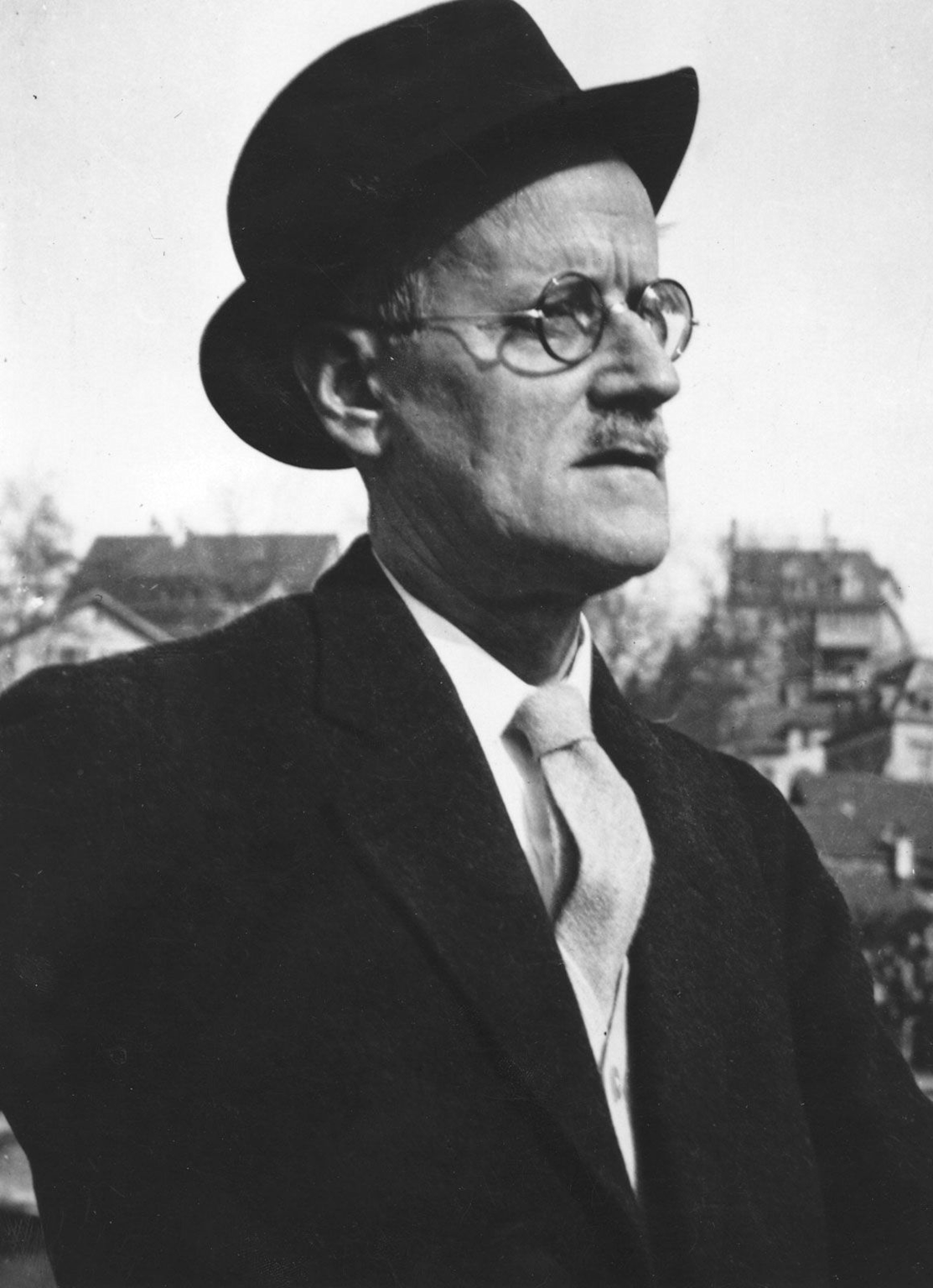
Black-and-white photograph of a formally dressed man in early 20th-century attire, reflecting the era of Modernist literature.
James Joyce stands as perhaps the most influential practitioner of stream of consciousness technique, with his novel Ulysses (1922) representing “the first work of ‘stream of consciousness’ novels” and achieving what one critic called “perfection of the stream of consciousness”. Joyce’s approach was characterized by extraordinary linguistic experimentation and formal innovation that pushed the boundaries of what literature could achieve.
Ulysses demonstrates Joyce’s mastery of the technique through its portrayal of Leopold Bloom’s mental wanderings during a single day in Dublin. A representative passage from Molly Bloom’s famous soliloquy illustrates Joyce’s method:
“A quarter after what an unearthly hour I suppose theyre just getting up in China now combing out their pigtails for the day well soon have the nuns ringing the angelus theyve nobody coming in to spoil their sleep except an odd priest or two for his night office or the alarmlock next door at cockshout clattering the brain out of itself let me see if I can doze off 1 2 3 4 5 what kind of flowers are those they invented like the stars”.
This passage demonstrates several key features of Joyce’s technique: the absence of punctuation, the stream of seemingly random associations, and the way one thought triggers another in an endless flow. The critic Stephen Fry noted that Ulysses “should be a book associated with joy… it’s comic. I think all great art is comic because comic art is about joining. The last word of Ulysses is ‘yes.’ In fact the last three words are ‘yes, yes, yes.’ It’s the most affirmative book”.
Virginia Woolf: The Poetry of Consciousness
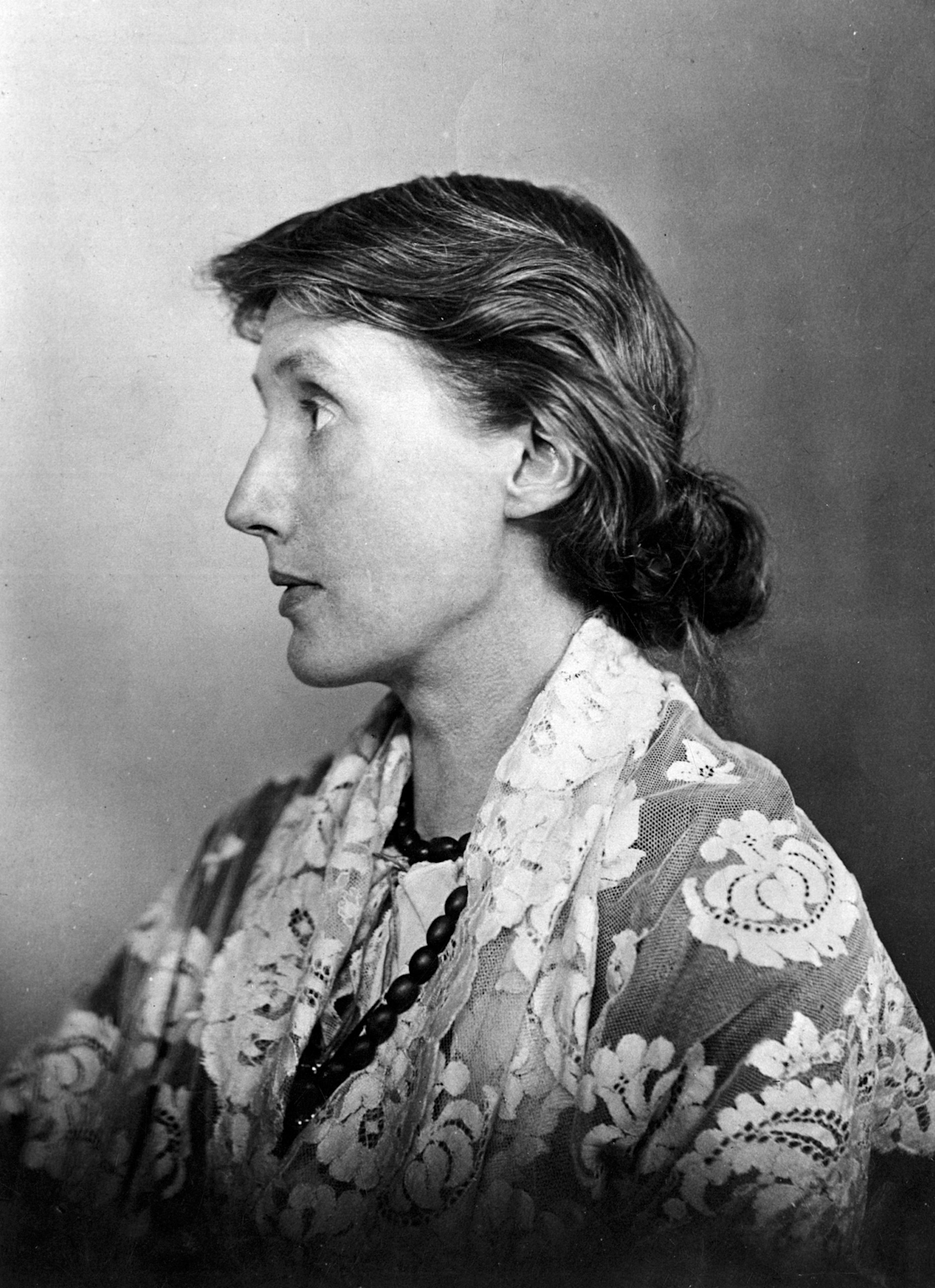
Black-and-white profile portrait of Virginia Woolf, a pioneering modernist author known for the stream of consciousness technique.
Virginia Woolf developed her own distinctive approach to stream of consciousness that emphasized what she called “psychological realism”. Her novel Mrs. Dalloway (1925) exemplifies her sophisticated use of the technique to explore multiple characters’ consciousnesses within a single day’s narrative framework.
Woolf’s method differs from Joyce’s in its more lyrical and structured approach to interior monologue. In Mrs. Dalloway, she employs what critics term “indirect interior monologue”, moving fluidly between characters’ thoughts and external events. A representative passage shows Clarissa Dalloway’s thought process.
“She thought there were no Gods; no one was to blame; and so she evolved this atheist’s religion of doing good for the sake of goodness”.
Woolf’s stream of consciousness technique serves multiple functions: it provides psychological depth, creates connections between seemingly disparate characters, and explores themes of memory, trauma, and the passage of time. As one analysis notes, “Woolf uses stream of consciousness to weave together the inner lives of her characters, creating a tapestry of thoughts that feels incredibly real and deeply human”.
William Faulkner: The American Innovation
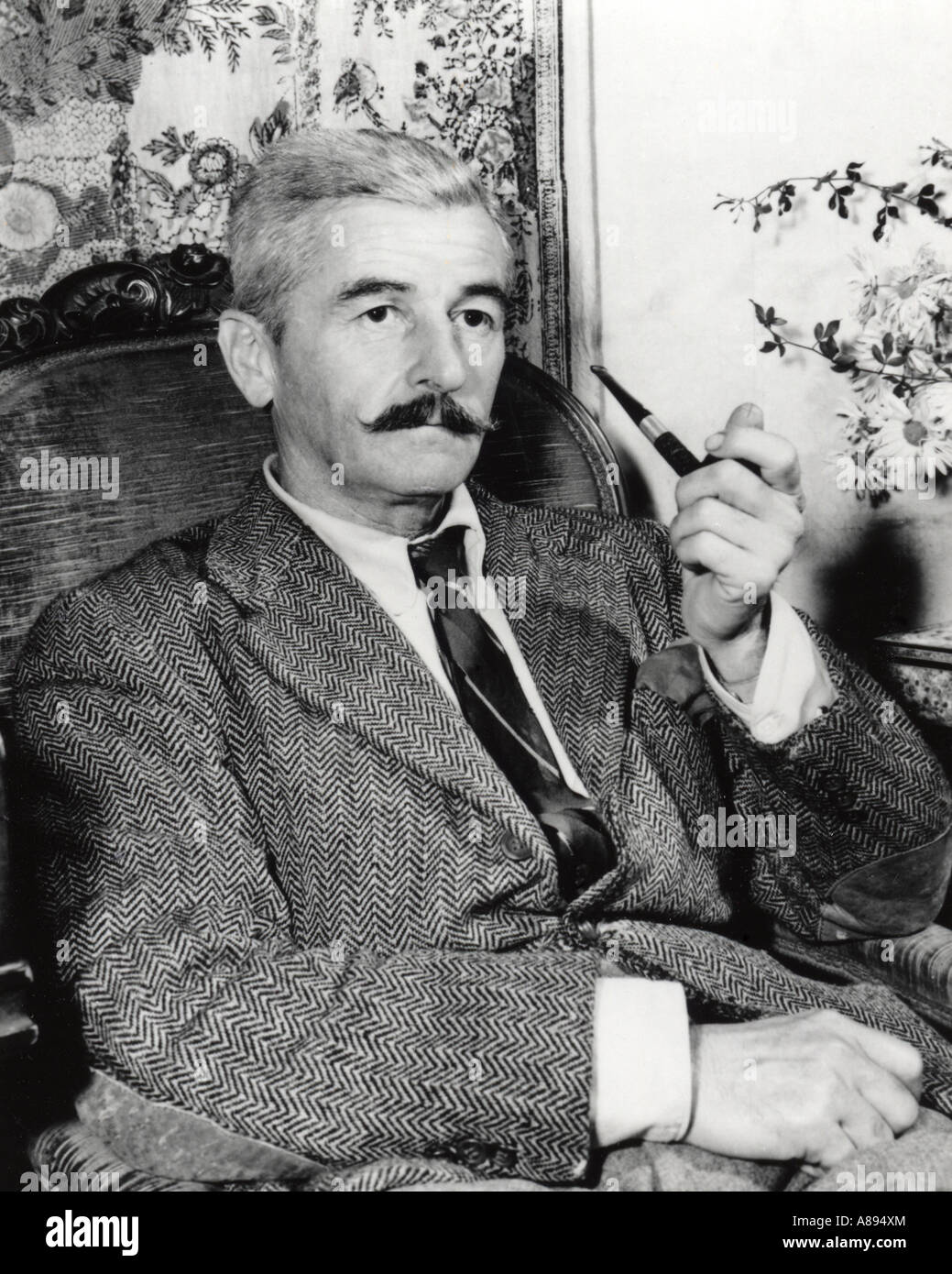
Portrait of William Faulkner, American modernist author, holding a pipe and dressed in a herringbone suit jacket.
William Faulkner brought stream of consciousness technique to American literature with his novel The Sound and the Fury (1929), creating what many consider one of the most complex and challenging examples of the technique. Faulkner’s approach was distinctive in its use of multiple narrators, each representing different levels of consciousness and mental capacity.
The novel’s first section, narrated by Benjy Compson, an intellectually disabled character, demonstrates Faulkner’s radical experimentation with stream of consciousness. As one analysis explains, “Faulkner gets into his mind, as it were and evolves a severely constrained style that harmonizes with Benjy’s limited abilities. Benjy can experience only sensations. He is incapable of abstraction and generalization”.
Faulkner’s technique serves to “discover and expose the unspoken thoughts of characters” while providing “an objective record of certain dramatic events” in the Compson family. His approach influenced American literature profoundly, earning him the Nobel Prize for Literature in 1950.
Dorothy Richardson: The Overlooked Pioneer
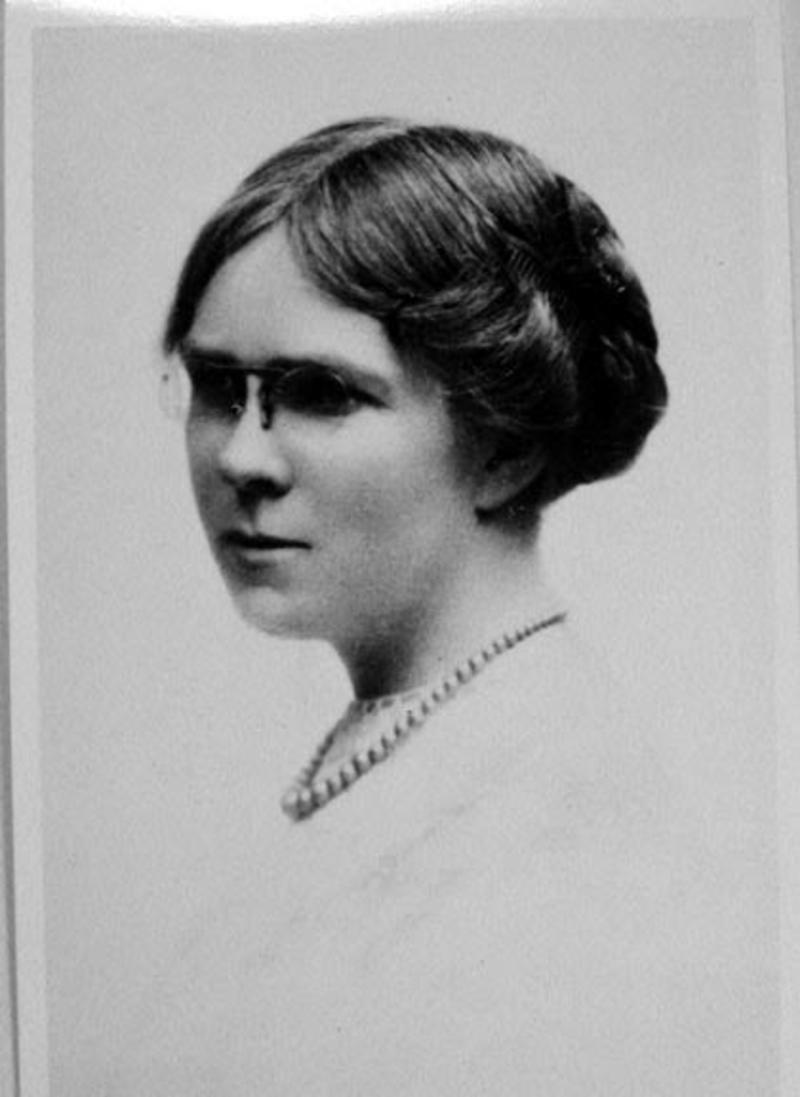
Black and white profile portrait of Dorothy Richardson, a pioneering modernist writer associated with the stream of consciousness technique.
Dorothy Richardson, despite being “one of the earliest modernist novelists to use stream of consciousness as a narrative technique”, often receives less recognition than her male contemporaries. Her thirteen-volume Pilgrimage series (1915-1967) represents a sustained exploration of female consciousness through the protagonist Miriam Henderson.
Richardson’s contribution to the technique was particularly significant in its focus on women’s experiences and consciousness. Her approach was more subtle than Joyce’s linguistic experimentation or Faulkner’s fragmentation, instead creating what one critic described as “a flowing narrative style” that captures “the indeterminate and primordial flow” of consciousness. Her work demonstrates that stream of consciousness could be used not just for stylistic innovation but as a means of representing previously marginalized perspectives in literature.
Critical Analysis and Literary Impact
The stream of consciousness technique fundamentally transformed the relationship between narrative form and literary meaning. By abandoning traditional plot structures and linear storytelling, modernist writers created new possibilities for exploring human psychology and social conditions. The technique allowed authors to address what one scholar identified as the “fragmented and chaotic nature of modern life” while providing “a more authentic representation of human consciousness”.
Philosophical Implications: The technique reflects broader philosophical shifts in understanding consciousness and reality. As literary theorist Michael Bell observes, the modernist period saw “a ‘linguistic turn’ in which, ‘rather than describing or reflecting the world, language was now seen to form it'”. Stream of consciousness embodies this philosophical position by suggesting that consciousness itself creates meaning rather than simply reflecting external reality.
Psychological Depth: The technique enables unprecedented exploration of character psychology. Unlike traditional narrative methods that described characters from the outside, stream of consciousness provides direct access to mental processes, revealing “the complexity and diversity of human thought”. This psychological intimacy creates new forms of reader engagement and empathy.
Social Commentary: Many stream of consciousness works function as implicit critiques of modern society. The technique’s emphasis on individual consciousness often highlights characters’ alienation from social structures and their struggle to maintain authentic identity in an increasingly mechanized world.
Contemporary Critical Reception and Legacy
The initial critical reception of stream of consciousness literature was mixed, reflecting the challenging nature of the technique for contemporary readers. Joyce’s Ulysses faced censorship for its perceived obscenity, while many critics found the experimental narratives confusing and self-indulgent. However, scholarly opinion gradually recognized the significance of these innovations.
Modern criticism has increasingly appreciated the technique’s sophistication and influence. Recent studies have examined how stream of consciousness intersects with gender studies, postcolonial theory, and psychological analysis. Contemporary scholars recognize that “modernist literature with stream-of-consciousness narrative has come to be recognized as a significant achievement in the history of literature and a testament to the power and potential of experimental literary techniques”.
The technique’s influence extends beyond literature into film, where directors like Ingmar Bergman and Jean-Luc Godard have adapted stream of consciousness methods to cinema. Contemporary writers continue to employ and modify the technique, demonstrating its enduring relevance for representing modern consciousness.
Psychological and Philosophical Foundations
The stream of consciousness technique rests on specific assumptions about the nature of human consciousness and perception that were revolutionary for their time. The psychological foundation, established by William James, proposed that consciousness is not a series of discrete mental states but a continuous flow of experience. James wrote, “Our psychic life has rhythm: it is a series of transitions and resting-places, of ‘flights and perchings'”.
This psychological understanding influenced literary technique in several ways. First, it suggested that realistic character portrayal must account for the non-rational aspects of consciousness, including unconscious motivations, sensory impressions, and emotional associations. Second, it implied that traditional narrative logic, with its emphasis on causality and linear progression, inadequately represented actual mental experience.
The technique also reflects the influence of Henri Bergson’s philosophy of time and memory. Bergson’s concept of durée (lived time) as opposed to mechanical time appears frequently in stream of consciousness narratives, where past and present intermingle in characters’ consciousness. This philosophical perspective challenged traditional narrative temporality and created new possibilities for exploring memory and identity.
Global Influence and Cultural Adaptation
While stream of consciousness originated in English-language modernism, the technique quickly spread to other literary traditions, adapting to different cultural contexts and linguistic structures. Chinese literature incorporated stream of consciousness methods in the twentieth century, while Japanese writers like Yasunari Kawabata developed distinctive “Oriental stream-of-consciousness technique” that merged Western modernist methods with traditional Japanese aesthetics.
The international adoption of stream of consciousness demonstrates its universal appeal as a method for representing modern consciousness. However, each cultural adaptation has modified the technique to reflect local literary traditions and social conditions, suggesting that while the basic psychological insights may be universal, their literary expression remains culturally specific.
Conclusion: The Enduring Legacy of Consciousness
The stream of consciousness technique represents one of modernist literature’s most significant innovations, fundamentally altering how authors approach character development, narrative structure, and the representation of human psychology. Through the pioneering work of Richardson, Joyce, Woolf, Faulkner, and others, this technique transformed literature’s capacity to explore the inner dimensions of human experience.
The technique’s lasting influence extends beyond its historical moment, continuing to inform contemporary literary practice and critical theory. Its emphasis on subjective experience, psychological complexity, and formal experimentation established precedents that influence writers today. Moreover, its philosophical implications—challenging traditional assumptions about consciousness, reality, and narrative representation—continue to resonate in postmodern and contemporary literature.
Stream of consciousness ultimately succeeded in achieving what Virginia Woolf identified as literature’s essential task: capturing “life as it is lived” rather than life as it is conventionally structured. By developing methods to represent the actual texture of consciousness, modernist writers created new possibilities for literary art that continue to enrich our understanding of human experience and the power of literary language to reveal the hidden dimensions of mental life.
The technique stands as a testament to literature’s capacity for innovation and its ability to evolve new forms adequate to changing historical conditions. In an era marked by psychological complexity, social fragmentation, and rapid change, stream of consciousness provided modernist writers with tools necessary to create authentic representations of modern consciousness, establishing a literary legacy that continues to influence writers and readers more than a century after its emergence.
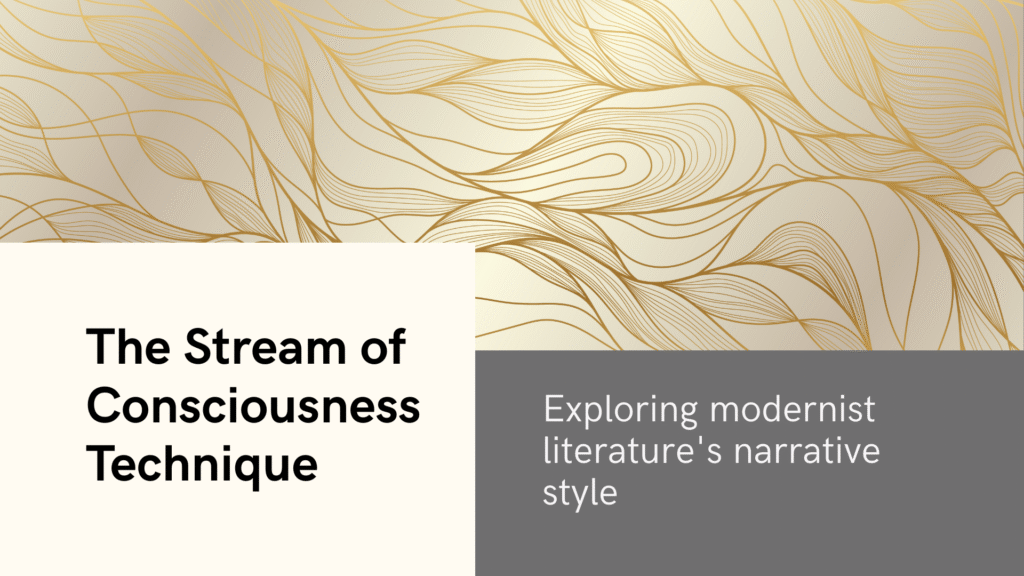
Frequently Asked Questions
1. What exactly is the stream of consciousness technique in literature?
Stream of consciousness is a narrative method that attempts to replicate the natural flow of thoughts, feelings, and sensations passing through a character’s mind. Unlike traditional narrative that presents organized, logical sequences, stream of consciousness captures the often chaotic, associative, and fragmented nature of actual human thought processes, frequently abandoning conventional grammar and punctuation to mirror mental patterns.
2. Who invented the stream of consciousness technique?
The term originated with psychologist William James in 1890, but Dorothy Richardson was the first to extensively use the literary technique in her novel sequence Pilgrimage (beginning 1915). May Sinclair first applied the term to literature in 1918 when reviewing Richardson’s work, though Richardson herself disliked the label.
3. How does stream of consciousness differ from interior monologue?
While both techniques present characters’ thoughts, interior monologue typically maintains conventional grammar and logical structure, representing organized thinking. Stream of consciousness, however, attempts to capture the pre-verbal, unconscious flow of mental activity, often including fragmented thoughts, sensory impressions, and associative leaps that may seem illogical or disconnected.
4. Which authors are most famous for using stream of consciousness?
The technique is most associated with James Joyce (Ulysses), Virginia Woolf (Mrs. Dalloway, To the Lighthouse), William Faulkner (The Sound and the Fury), and Dorothy Richardson (Pilgrimage). Each developed distinctive approaches: Joyce emphasized linguistic experimentation, Woolf focused on psychological lyricism, Faulkner explored multiple consciousness levels, and Richardson pioneered female-centered consciousness representation.
5. Why was stream of consciousness revolutionary for modernist literature?
The technique revolutionized literature by shifting focus from external action to internal experience, challenging traditional narrative structures, and providing unprecedented access to character psychology. It reflected modernist concerns with subjective reality, psychological complexity, and the fragmented nature of modern existence, while offering new methods for representing consciousness that traditional narrative forms couldn’t achieve.
6. What are the main characteristics of stream of consciousness writing?
Key features include: abandonment of conventional punctuation and grammar; non-linear, associative thought patterns; temporal fluidity mixing past and present; free association of ideas; interior monologue; fragmented syntax; and emphasis on sensory impressions and emotional responses rather than logical reasoning.
7. How did World War I influence the development of stream of consciousness?
World War I created widespread disillusionment and psychological trauma that traditional narrative forms seemed inadequate to express. The war’s aftermath led writers to explore themes of fragmentation, alienation, and mental breakdown, making stream of consciousness particularly suited to representing shell shock, survivor guilt, and the general sense of social and psychological disruption that characterized the post-war period.
8. Is stream of consciousness difficult to read, and why?
Stream of consciousness can be challenging because it abandons familiar narrative conventions, requires active reader engagement to follow non-linear thought patterns, and often lacks clear plot progression or resolution. However, this difficulty is intentional—it reflects the complexity of actual mental experience and invites readers to engage more deeply with characters’ psychological reality.
9. How has stream of consciousness influenced contemporary literature?
The technique established precedents for psychological realism, experimental narrative forms, and subjective storytelling that continue to influence contemporary writers. Its emphasis on consciousness, memory, and perception appears in postmodern literature, autofiction, and contemporary works exploring trauma, identity, and mental health, while its formal innovations paved the way for continued literary experimentation.

